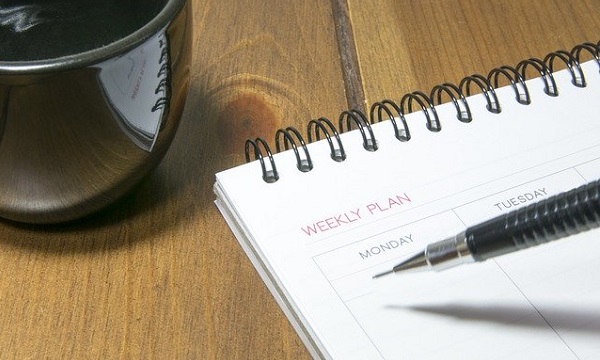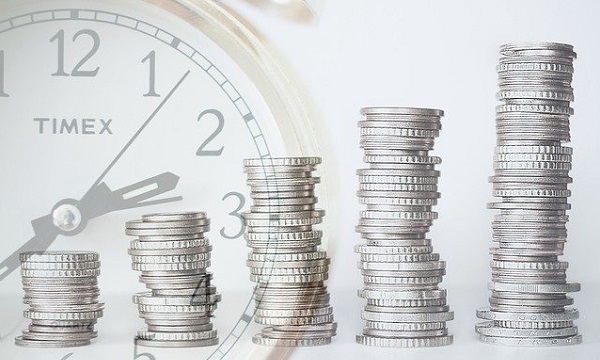
Based upon our experience working with thousands of crowdfunding campaigns on Kickstarter and/or Indiegogo, here are some basic tips for timing your crowdfunding campaign…
Product conceptualization and development (including prototyping) can potentially take years, although each project is different. After you’ve perfected your product sufficiently to focus on crowdfunding it, we recommend allowing at least 4-6 weeks to both create your campaign media and conduct pre-launch marketing before starting your campaign. If you’re doing these tasks entirely on your own for your first time, rather than hiring an agency like ourselves, then you might need to allow even more time. Also, after completing your campaign media, Kickstarter normally requires at least 1-3 business days to review it before approving your campaign for launch, and perhaps longer if/when any problems arise. Because unexpected launch delays are common, it’s usually best to avoid ever setting your launch date in figurative stone, but to keep it flexible instead.

The best time-of-year to run your campaign depends upon whether your project is seasonal or not.
If your product is not seasonal, then it’s usually best to campaign as soon as your team is ready. Procrastination may allow competitors to run similar campaigns first, and being first-to-market is a great advantage, including in the world of crowdfunding. If you enter the market later, then you may need to work harder to prove that your product is better, and you still might not raise nearly as much.
If your product is seasonal, then it’s usually best to campaign while it’s most in-season. This means that, to raise funds for a warm winter coat, you should probably campaign during October rather than April, even though you won’t deliver your final product until much later. Coolest Cooler, for example, initially launched in mid-winter to fail terribly, but finally re-launched as summer began to succeed wildly—and, although seasonality was not the only factor in its success, timing definitely played a significant role. If you’re not sure when people are likeliest to shop for your product, then Google Trends may help.
These calendaring rules that we just presented include two possible exceptions that are worth mentioning, and we encourage campaigners to carefully consider the innate risks involved before either campaigning during these times or else avoiding them completely.
One time-of-year to consider avoiding is July-to-August, when Kickstarter’s organic traffic normally reaches its annual maximum. This phenomenon invites intense competition, which results in annual peaks in both successful and unsuccessful campaigns. Sadly, the latter peak is normally much higher than the former peak, which results in overall success rates temporarily plunging for August, although they rapidly rebound for September. So, if you’re worried about your project getting buried beneath this annual deluge, then you might want to avoid starting it in July and/or ending it in August; but, if you’ve got a relatively popular project that can easily stay visible, then it’ll likely thrive from cresting organic traffic despite any simultaneous glut in competition. Only you can decide if these risks are worth taking for your project or not. Both June-to-July and August-to-September campaigns normally enjoy almost as much organic traffic but significantly less competition.
Another time-of-year to consider avoiding is Christmastime, when social-media advertising costs multiply due to holiday sales, while reporters may become harder to contact. These trends won’t cause any trouble for campaigners who don’t intend to engage in any crowdfunding marketing—but, if you want to cost-effectively draw a steady stream of traffic to your campaign page, then you should probably avoid any campaigning between America’s Thanksgiving Day and New Year’s Eve. January seems to be alright for campaigning, though, despite its reputation as a slow month for brick-and-mortar retail sales. And, although organic traffic normally reaches its annual minimum in late January, so does competition. It’s currently unclear to what extent the number of live projects drives the flow of organic traffic or vice-versa or both, but we welcome further study of these annual oscillations.

We recommend starting crowdfunding campaigns between Monday and Wednesday (except for major American holidays) while it’s still morning in the USA where most potential backers live. Organic traffic on Kickstarter normally oscillates between a weekend low and a Wednesday high, so it’s good for the first few days of your campaign to overlap with the latter rather than with the former. We’ve seen various studies recommending specific times like Tuesdays at 10:00 AM EST, but those conclusions aren’t perfectly consistent with each other, and the statistical differences don’t appear to be very significant.
We recommend running crowdfunding campaigns for about 30-45 days. Overly-long campaigns lose the sense of urgency that encourages pledges, while overly-short campaigns lack sufficient time to engage backers, but our experience has led us to believe that 30-45 days is about right. After you’ve launched your campaign, you won’t be able to adjust its start-and-end dates with one exception… Indiegogo allows you to extend your campaign’s duration ONCE (up to 60 days total) before it ends, which gives you more time to engage new backers without sacrificing urgency—so, this is an option that’s well worth considering.
We recommend ending crowdfunding campaigns between Wednesday and Friday before it’s evening in the USA where most potential backers live. This is because Wednesdays are when organic traffic peaks, both Thursdays and Fridays are when Facebook ad click-through rates normally peak, and work hours are when most backers pledge. Again, we’ve seen some studies that recommend times more specific than this, but they’re inconsistent; plus, the exact times (like 1PM versus 4PM) don’t seem to make that much difference.

If your campaign fares so badly that you need time to revise it and then re-launch it, then you can always cancel it partway through. All of the scheduling principles above apply to re-launches, as well. But the rest is a subject for another blog entry.
You can also find all of these same tips in our comprehensive Ultimate Crowdfunding Success Guide, along with plenty more advice for running a successful crowdfunding campaign from conceptualization to fulfillment. Please download your copy today!